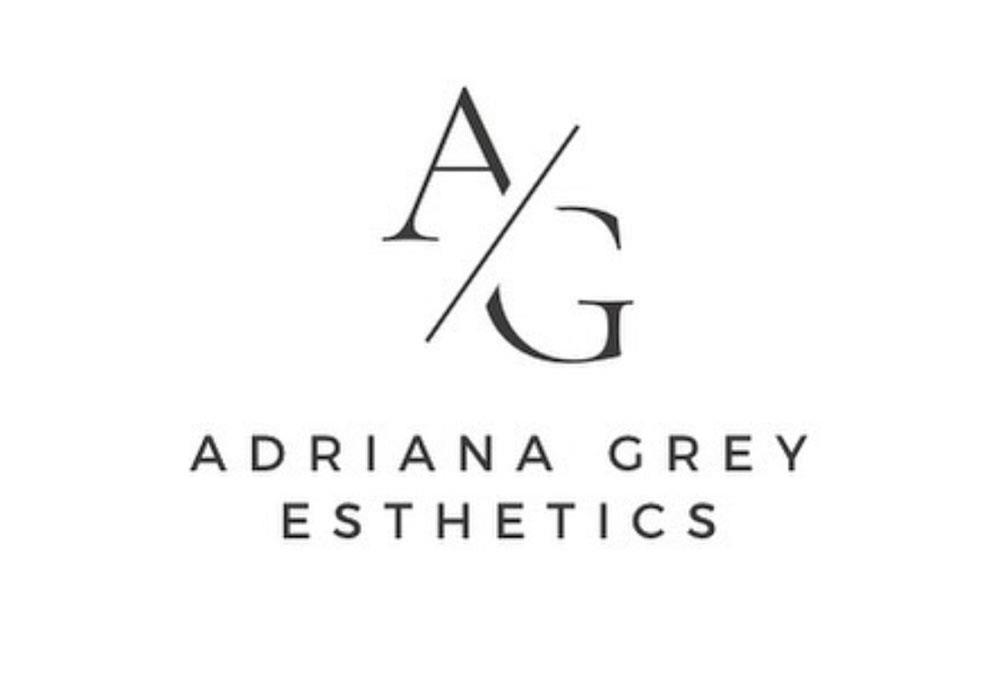Adriana Grey Esthetics
Services
What to Expect with Dermaplaning:
Avoid direct sun exposure for a week before your appointment
Do not use products containing retinol or glycolic acid for three days
Inform your esthetician of any allergies or skin sensitivities you may have before the session
Avoid waxing or using depilatory creams on your face for at least two weeks
Reschedule if you have active acne, open wounds, or cold sores
Remove any makeup or moisturizer from your face before your appointment
Wear comfortable clothing and avoid tight-fitting collars for your appointment
You will be asked to lie down on a comfortable treatment table. Your esthetician will cleanse your face to remove any makeup or oil
A specialized facial blade will be used to carefully skim the surface of your skin
The blade will be moved in gentle upward strokes across the face
Your esthetician will make several passes over different parts of the skin
The time required for dermaplaning will vary depending on the size of the treatment area
You may feel a mild scraping sensation, but the treatment is painless
Your esthetician will apply a hydrating moisturizer and sunscreen to protect your skin
Avoid direct sun exposure for at least 48 hours after your treatment
Apply sunscreen with SPF 30 or higher to protect your skin
Do not use products containing retinol or glycolic acid
Avoid exfoliating or using any abrasive scrubs on your skin
Avoid swimming in chlorinated water or using a sauna or steam room for 48 hours
Your skin may be slightly red or sensitive for a few hours
Do not pick at or scratch your skin, as this can lead to infection or scarring
Dermaplaning is a comfortable and painless skincare treatment. As the procedure only targets the outermost layers of the skin, most patients do not find it uncomfortable. The specialized facial blade used during the treatment skims the skin’s surface in gentle upward strokes, resulting in a softer, healthier-looking complexion without discomfort.
It is a common misconception that dermaplaning causes hair to grow thicker and darker. However, this is not true. Dermaplaning does not affect the natural hair growth cycle, and vellus hair will not grow thicker or darker after treatment.
The frequency of dermaplaning depends on various factors, such as your skin’s condition and treatment goals. However, as a general guideline, most patients benefit from a dermaplaning treatment once a month or every 4-6 weeks to maintain optimal results.
What to Expect From Face Waxing
Let your hair grow to at least 1/4 inch (about the length of a grain of rice)
Exfoliate the treatment area gently a day or two before your appointment
Avoid sun exposure, tanning beds, and self-tanning products for 24-48 hours
Avoid applying any creams, lotions, or oils to the treatment area
Avoid caffeine and alcohol consumption before your appointment
I will apply warm wax to the treatment area
I will apply a cloth strip to the wax
I will remove the wax and hair in one swift motion
You may feel slight discomfort during the waxing process
You may experience a slight redness area after the session for a few hours
I will provide aftercare instructions to ensure optimal results
I will provide specific aftercare instructions based on your treatment
Avoid touching or rubbing the treated area after the session to prevent irritation or infection
Avoid sun exposure or tanning for at least 24-48 hours after your treatment
Avoid using scented creams, lotions, or oils on the treated area
You can expect smooth skin for 2-4 weeks before regrowth starts to appear
Regular face waxing can lead to permanent hair reduction
What to Expect from Enzyme Peels
It may take multiple enzyme peels to see the same results you'll witness from one chemical peel. Enzyme peels will still get the job done, but it'll likely take more time and effort. While enzyme peels will improve mild to moderate signs of aging, people with more significant wrinkles or imperfections may not see significant and immediate results.
It may be a good idea to refrain from makeup for the few days leading up to your enzyme peel so your pores are as clean as possible. You will also want to avoid things like tanning beds and sunburns. And make sure you don't have any open wounds on your face, which could get irritated and inflamed by an enzyme peel.
Enzyme peels can also exacerbate conditions like acne, dermatitis, or Herpes outbreaks.
Like other facials and treatments—your skin may be more sensitive to the sun afterward, so it's a good idea to avoid the rays for a week or so after your enzyme peel. And remember: avoid the sun and if not possible please use suntan lotion.

